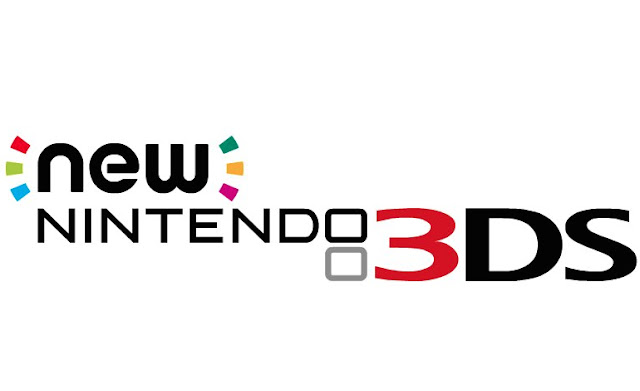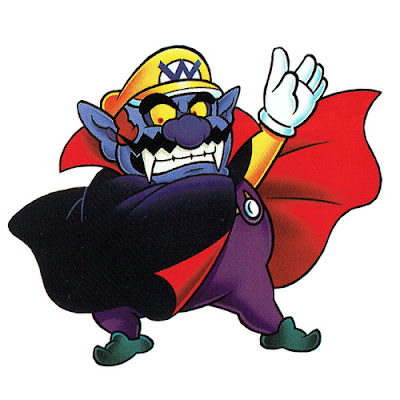Back-lighting A Game Boy Color
So, I eventually manged to get my hands on one of the second
generation backlit McWill LCD’s for the Game Boy Color.
The Game Boy modding scene is currently alive and doing rather
well at the moment with hobbyists producing wonderful backlit screens and other
devices for use in retro consoles, like Game Boys, Game Gears, Neo Geo Pockets
and pretty much anything with a mother board and ribbon.
Generally speaking, when it comes to the Game Boy Color there
are two types of LCD’s that are available, the Freckle Shack screen which is
made by a modder that goes by the name of BennVenn, who resides in Australia
and the McWill screen that is produced by a modder in Europe.
Sadly, as you can probably imagine these are very popular
and are often always out of stock.
The latest version of the McWill screen has just been
released and promises a total drop in replacement screen for the Game Boy
Color, solder free, just a bit of trimming to the shell.
These suddenly became available recently and I jumped at the
chance of getting my hands on one and playing about with it.
The LCD itself cost me £75, so it’s not a cheap modification
and requires a significant amount of commitment if you want to splash on it.
It’s also worth noting that due to the newer LCD pixel sizes,
trying to keep the screen ratio as close to original as possible results in the
actual screen being ever so slightly smaller than standard.
Due to this, the original plastic lens from the CGB will give
a slightly over framed view, which alters the aesthetic of the console in a way
which could be a deal breaker for some – it’s not about seeing the edge of the
LCD through the lens !!
With that in mind, most suppliers of aftermarket LCD’s offer
an adjusted, glass lens that frames the backlit LCD perfectly, while also
taking the opportunity to customise the wording on the lens to say Light (a-la
the Japanese only Game Boy Light) it makes the perfect finishing touch to this
modification.
So, for the screen, lens and insured delivery this came in
at £92 – which is a bit steep, in comparison to other mods and fun stuff.
I also took the opportunity whilst I was in there, to change
out the mono speaker that comes with the CGB for an uprated one. It won’t offer
anything in terms extra volume without an amplification chip, but it should
offer a sharper, more distinct range and for £3 I was willing to pick one up
out of interest and change it out.
So here we go.
I chose a good mother board that came from a low use, tidy
system I already had spare.
As I was installing an expensive mod (in comparison) this time,
I wanted to match it with a worthy board and this one was ideal.
The glass lens is top quality again, with the addition of
the Teal ‘Light’ it really looks the part and fits very well.
The speaker is smaller but seems to be using higher quality
components overall.
After a quick de-solder and hardly my best soldering job,
the speaker was swapped out in seconds.
Very easy, very quick to do.
Once it was done, I gave the board and speaker a quick test
to see if all was well.
I must be honest, I can’t tell the difference, so it’s hard
to recommend if it’s worth it or not.
For peace of mind though it is, as a few times I’ve put
units back together only to have to take them apart again, as during testing speakers
can sometimes appear slightly blown which is very annoying. So from that
perspective its worthwhile but sound quality wise – I’m not convinced.
Next it’s time to turn attention to the big tamale, fitting
the backlit LCD screen.
The actual connecting of the screen to the motherboard is
very simple, it’s as simple as sliding the ribbon into the gate on the Motherboard
and closing it down.
The screen draws its power via the ribbon too, so there’s no
need to bring power from another point on the board to the screen – very
simple, very welcome, very cool.
The only real work that needs to be done, is to the screen housing
on the shell.
The McWill board is shaped so that fits nicely into the
existing CGB shell, the little edges and angles ensure that it remains aligned
and supported properly once fitted.
You do need to trim one edge though to allow for a few chips,
however, another benefit of this is that it offers further stability of the
screen.
I just used a Sharpie to mark the edge so I know where to
cut.
I use a crafting knife, which I heat up with a lighter so
that it passes very easily through the edges of the thin plastic.
I then mark an edge along the bottom, which will allow you
to simple press over the cut out and it snap off.
A sharp, hot knife will make very short work of this and
offer a fairly decent finish too.
Then the board just drops nicely in.
A little thing that I also do is mark the inside of the
shell that houses the screen with a black Sharpie, so that if you’re using
light coloured shell, you don’t see any of the plastic through the lens next to
the screen.
It can be off putting to get glimpses of white or bright
plastic when viewing at odd angles, it also just gives a better finish overall
I feel.
Always worth doing a quick little test though to makes sure
everything is all still firing as it should and you don’t have any issues that
will require taking it all apart again.
This screen really is lovely, very bright, very sharp and
very responsive.
Everything now’s ready to just fit together, the satisfying
bit !!
I picked up new buttons, shell and used the small usage
rubbers from the donor console, to give this a nice clean, new feel.
It’s really very impressive, very simple to do and offers
wonderful results in terms of being able to play Game Boy, and Game Boy Color
carts on a crystal-clear backlit screen.
The addition of a backlight to the console will have a
detrimental effect on the power consumption, however, its nothing too dramatic
and will still offer usage well past the 15-hour mark.
For people who prefer to play their Game Boy carts on a
traditionally shaped console, this is a very decent way of doing so, as opposed
to a Game Boy Advance, or SP.
I’m going to keep this and continue using it for my classic
carts, it just feels nice in the hands and looks quiet dashing in person also.






















Comments
Post a Comment